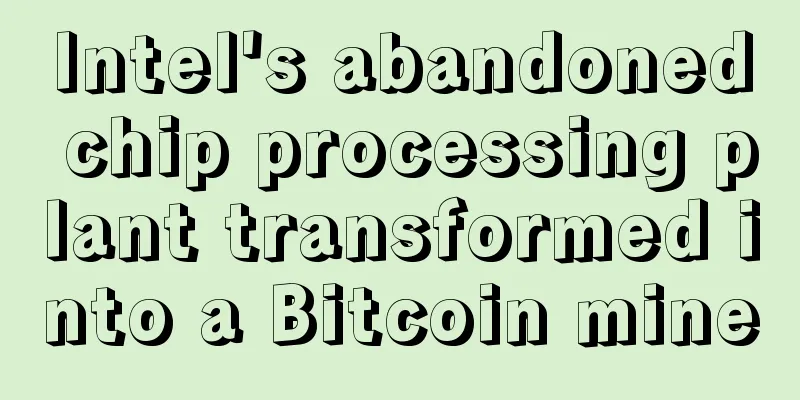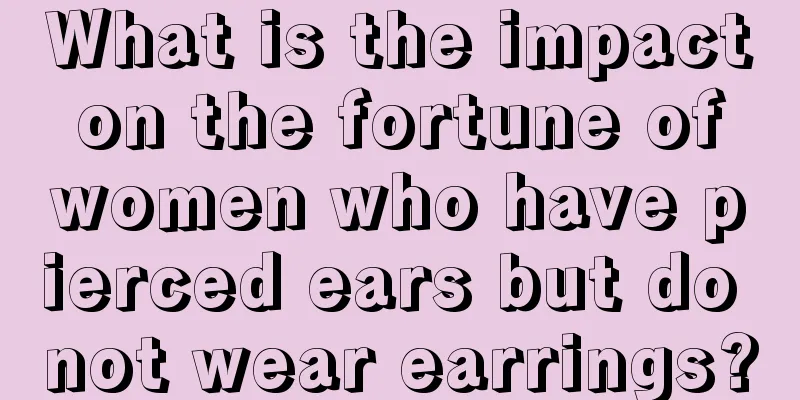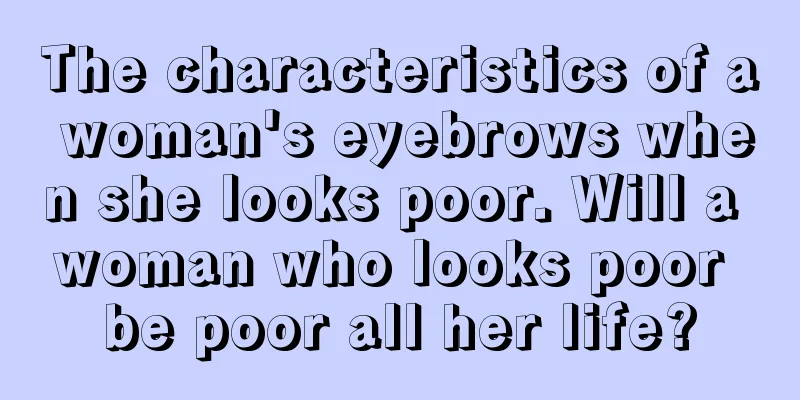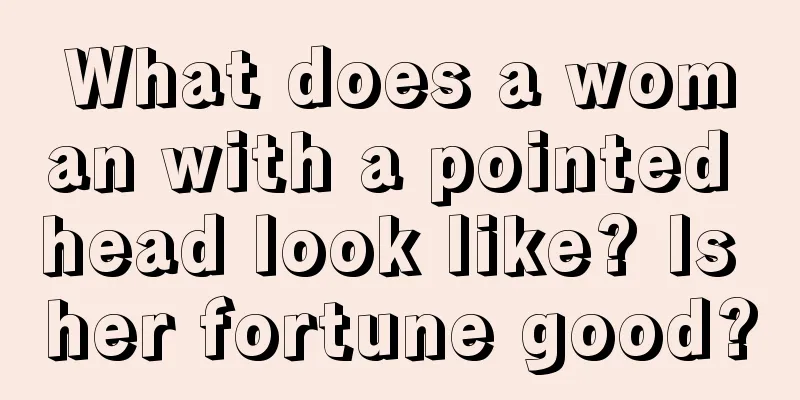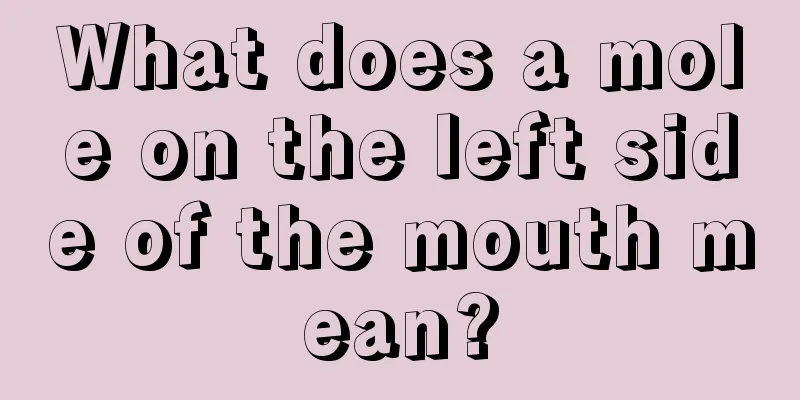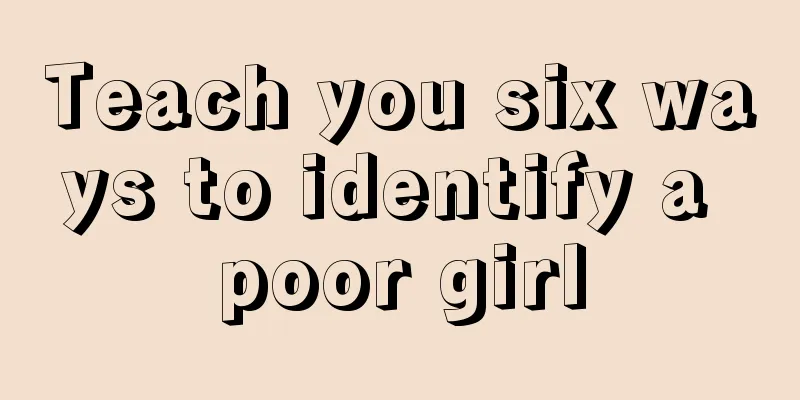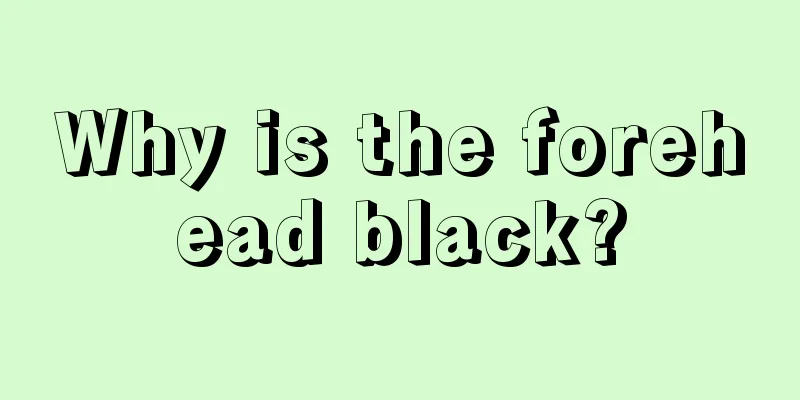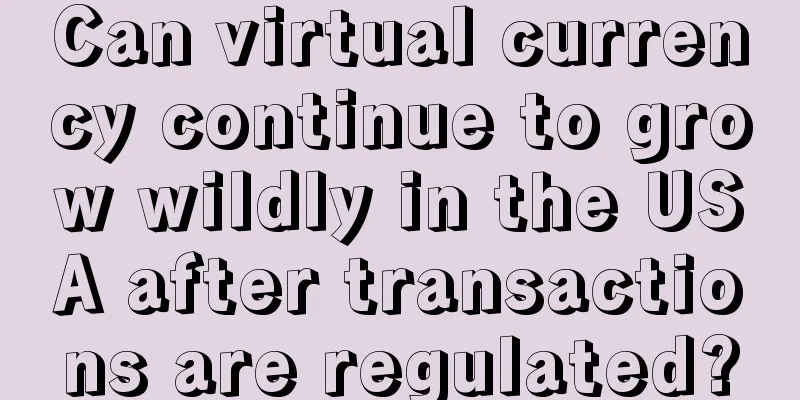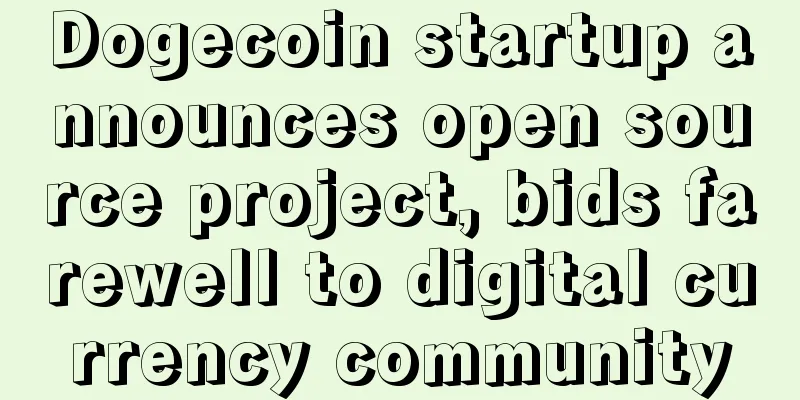Morgan Stanley: The hype around blockchain is a bit over the top
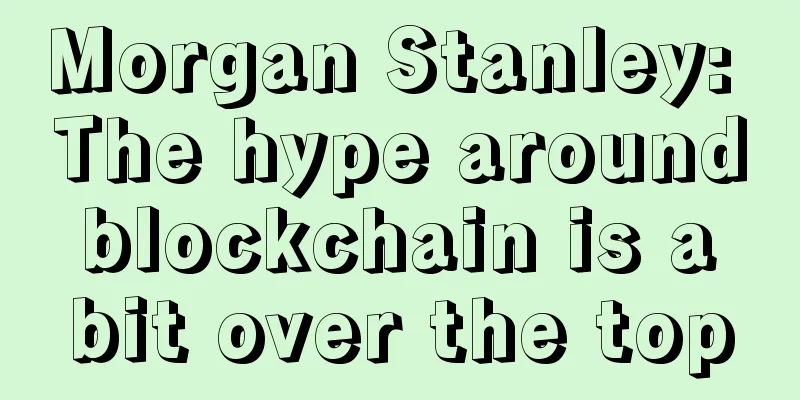
|
Wall Street is increasingly enthusiastic about blockchain technology, but in the view of Morgan Stanley, the growing enthusiasm has gone too far. Morgan Stanley analyst Huw van Steenis said in a report that some of the excitement about blockchain technology is reasonable, but the current hype is a bit excessive and the technology still has a long way to go before it can be widely used. He said that some misunderstandings in the outside world may exaggerate the disruptive innovation brought about by blockchain technology:
At the same time, regulatory requirements will prevent blockchain startups from disrupting the banking industry. Steenis said that neither banks nor policymakers will support unregulated blockchain networks. The report wrote:
This also means that for blockchain technology to be applied, it must be integrated into the existing technology systems of large banks. Startups cannot subvert the status quo of the banking industry, and the banking industry will not be able to complete the reshaping of existing technologies unless the application of blockchain is actually verified. Steenis listed a large number of obstacles to the application of blockchain technology in the report, but he also said that these obstacles are not insurmountable, but each of them is not easy to deal with. "In our view, the impact on the profits of banks, custodians and market infrastructure will not appear in 2017 or 2018, but far after that." Obstacles faced by blockchain technology applications: The blockchain technology behind Bitcoin is a decentralized ledger system that records every transaction of the cryptocurrency in the Bitcoin application. All transactions are shared and verified by a peer-to-peer network of computers. This "distributed ledger" model monitors the transfer of Bitcoin funds. The banking industry is very optimistic about the application prospects of blockchain or blockchain-related technologies in traditional businesses. At a time when the global economy is in recession and many international banks are forced to lay off employees, banks see the possibility of directly trading with each other in blockchain technology to significantly reduce costs. Goldman Sachs is one of the most active advocates of this technology. Wall Street Journal previously mentioned that in a report last month, Goldman Sachs said that in addition to Bitcoin, the application of blockchain technology has unlimited room for imagination in financial services, sharing economy, Internet of Things and even real estate, and blockchain technology will subvert everything. Goldman Sachs said that blockchain technology can significantly improve the efficiency of capital markets and financial institutions, and may even lead to the disintermediation of some market functions. The transaction settlement of stocks, foreign exchange and leveraged loans may be completely changed by the introduction of blockchain technology. In February this year, Zhou Xiaochuan, governor of the People's Bank of China, also mentioned that blockchain technology is an optional technology and the People's Bank of China has deployed important forces to study and explore blockchain application technology. |
<<: Alex Batlin’s Cryptocurrency 2.0 Musings – Land Registry
>>: Bitcoin price breaks through $448, hitting a two-month high
Recommend
Face reading: what does a man's deep nasolabial folds mean?
Nasal folds refer to the two lines extending from...
Analysis of the four major moles on the knee
Traditional physiognomy covers a wide range, among...
People with thin eyebrows or uneven teeth have bad luck.
Thick eyebrows mean you pay attention to big thin...
How to read a woman's cheekbones
In physiognomy, cheekbones represent a person'...
How do people who achieve great things look like?
How do people who achieve great things look like?...
Men with big nostrils are decisive in their actions
If a man has very big nostrils, he tends to be im...
How to look at a man's career line? Which is a man's career line?
Everyone's palm lines are different, and the ...
A woman looks at the shape of her toes
Recently, there has been a trend on the Internet ...
Exposing the reasons why Bitcoin’s “stagnation period” must end
Price corrections are a healthy aspect of a bull ...
The fate of a woman with a flat nose. Is it bad for a woman to have a flat nose?
The ancients said: You can't judge a person b...
Bitcoin Wallet iPayYou Launches Bitcoin Payment Function on Twitter
Bitcoin wallet iPayYou has launched a Twitter pay...
What does vertical lines on the forehead mean?
The area between the eyebrows is called the Yin T...
Eyebrows to judge what disease you will have
Eyebrows to judge what disease you will have Obse...
What does the chuan-shaped lines on the eyebrows mean?
In our daily life, we often say eyebrows, eyebrow...
Less than a day after its release, the new version of ETH client was attacked by a new round of attacks
It is clear that the war over ETH (Ethereum fork)...
